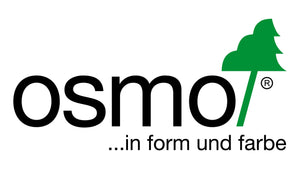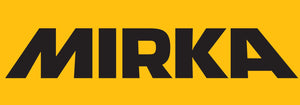It's essential to prioritise safety at all times during woodworking. Whether you're a professional or just starting out, understanding and utilising proper Personal Protective Equipment (PPE) is crucial for creating a secure workshop environment. In this blog, we'll delve into the various types of protective gear that will help keep you safe in the workshop.
Understanding the Risks:
Woodworking involves working with a range of tools and machines, each presenting its own set of potential hazards. From flying wood chips to loud machinery noise, it's important to be aware of the risks involved.
Protective Eyewear:
Protective eyewear is essential for preventing potentially blinding eye injuries from flying debris. Most eye injuries are preventable with the right safety glasses. If you wear standard glasses for vision correction, it's important to note that they don't provide protection from impact or sawdust.
Hearing Protection:
The constant noise generated by woodworking machinery can lead to long-term hearing damage. Earplugs or earmuffs are crucial for protecting your hearing. Choose hearing protection with an adequate Noise Reduction Rating (NRR) to ensure maximum protection.
Respiratory Protection:
Disposable masks are suitable for light to moderate exposure to wood dust, offering basic respiratory protection. However, for prolonged exposure or when dealing with fine dust, consider upgrading to half-face or full-face respirators.
Safety Accessories:
In addition to PPE, certain safety accessories are essential for safe woodworking practices. Push sticks are mandatory for safe ripping operations on table saws, keeping your hands away from the spinning blade and providing enhanced control and manoeuvrability. Push blocks are indispensable at the jointer, allowing safe downward pressure to feed boards through for an even cut while keeping hands well above the exposed blade.
Find everything you need here!

















